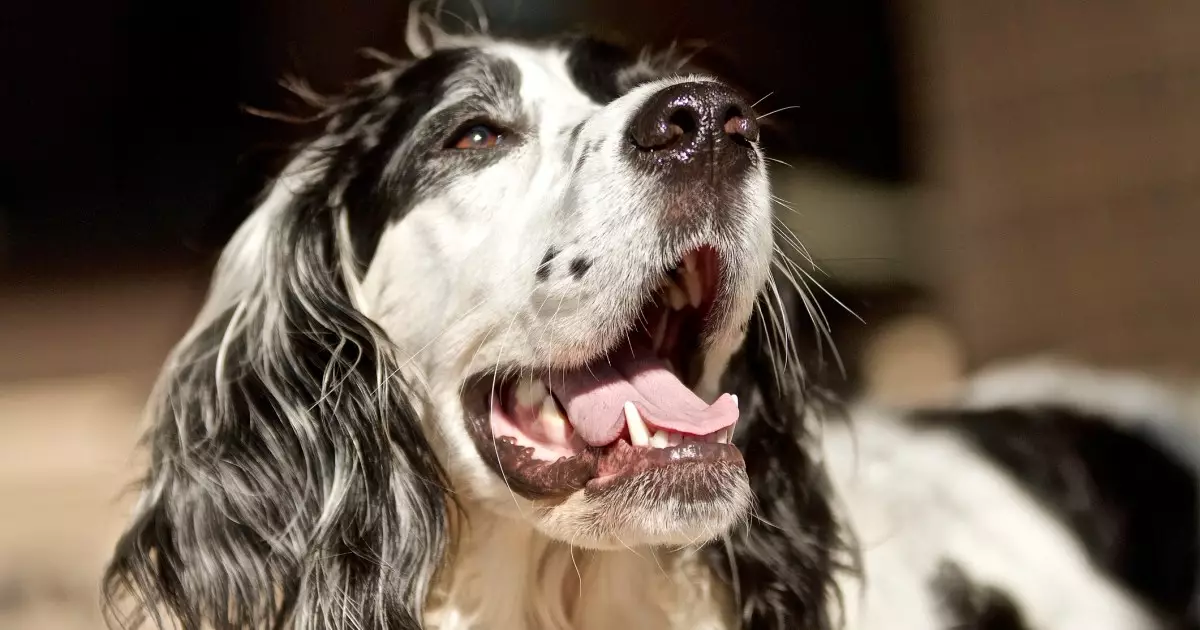When a dog greets you with enthusiastic wags and slobbery kisses, it’s hard to resist the affection. However, if your furry friend’s breath is less than pleasant, it can dampen the interaction and cause concern. Bad breath, or halitosis, in dogs isn’t just an unpleasant aroma; it can be an indication of underlying health issues that require attention. Understanding the common reasons behind your dog’s stinky breath is vital, not only for your comfort but for your pet’s overall health.
Dogs can develop bad breath for several reasons, and it is essential for pet owners to be aware of these potential issues. One of the primary culprits is periodontal disease, which is a condition characterized by inflammation of the gums and surrounding tissues. Research suggests that dogs are five times more likely than humans to suffer from this condition, primarily because their dental care is often neglected. Regular teeth cleaning sessions can significantly reduce the risk of gum disease while promoting better health overall. A consistent brushing routine, akin to what is practiced for humans, can make a dramatic difference in your canine’s breath and dental health.
Another frequent reason for bad breath arises from your dog’s dietary choices. Dogs are notorious for getting into things they shouldn’t, whether it’s scavenging in the trash, snacking on poop, or munching on other unappetizing finds. Known as coprophagia, this alarming behavior can lead to unpleasant breath. Keeping a close eye on your dog when they’re outdoors and managing their diet can eliminate this stinky problem. Moreover, it’s crucial to ensure that dangerous items, such as litter boxes, are out of your dog’s reach.
While periodontal disease and dietary habits account for most cases of bad breath, other medical conditions may also be at play. For instance, if your dog’s breath has a urine-like odor, it may be indicative of kidney dysfunction. This can pose serious health risks, making it imperative to seek veterinary assistance promptly. Kidney disease can be a manifestation of various underlying problems, and timely intervention is crucial. Though there are natural remedies available, they should always be discussed with a veterinarian before implementation.
Similarly, gastrointestinal diseases can also contribute to foul-smelling breath. Symptoms like a decreased appetite, vomiting, or lethargy may accompany bad breath, pointing towards digestive issues that require professional diagnosis and treatment. In these cases, treating the root cause can alleviate the bad breath, highlighting the importance of attentive observation and regular veterinary check-ups.
Preventing bad breath in dogs is undoubtedly more effective than treating it after it develops. Establishing a dental hygiene routine is an essential step toward keeping your dog’s mouth healthy. This includes brushing their teeth at least twice a week. If your dog is resistant to brushing, there are alternative methods, such as dental chews or specially formulated dental rinses, that can help maintain oral hygiene.
Regular visits to the veterinarian for dental cleanings are also recommended, as professionals can provide a deeper clean that pet owners may not achieve at home. It’s important to engage your vet in discussions about your dog’s dental health, as they can offer insights specific to your pet’s needs.
While a dog’s breath may never be as fresh as a rose, understanding and addressing the causes of bad odor can improve not just their breath, but their overall well-being. Regular dental care, attention to what they eat, and awareness of underlying health issues can help maintain healthy gums and fresher breath in your beloved canine companion.


Leave a Reply